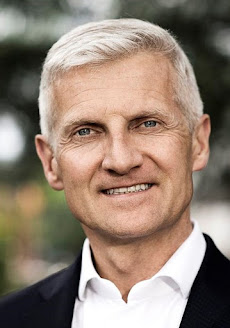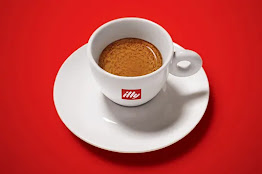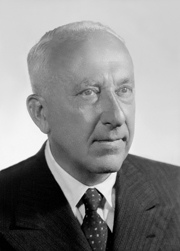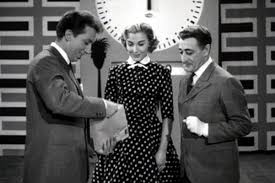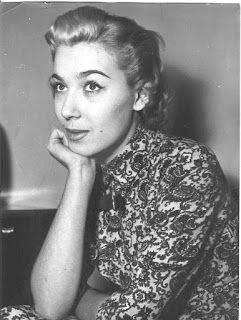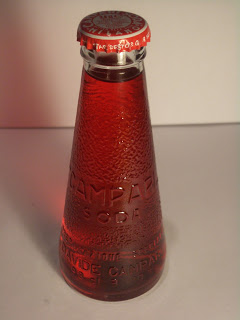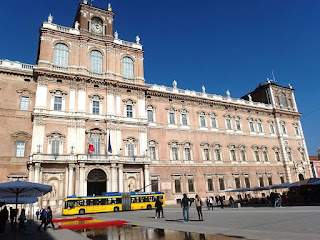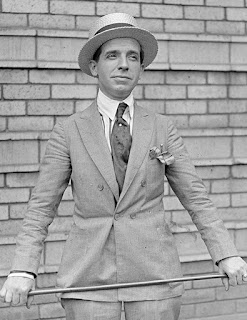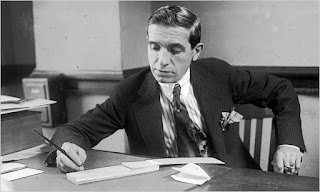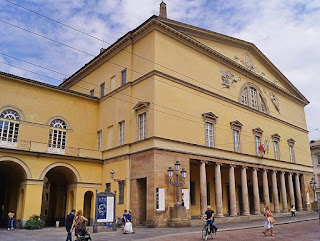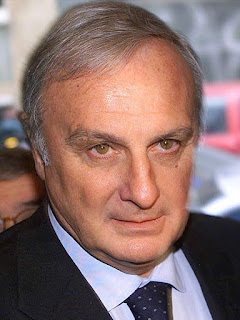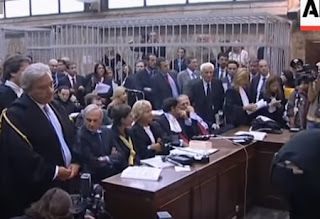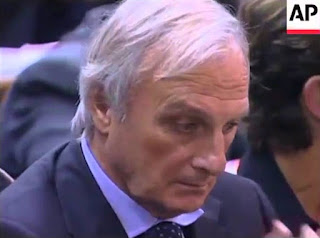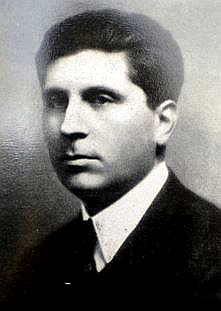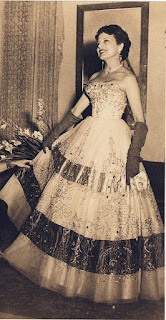US businessman with roots in Calabria
 |
| Rocco Commisso cheering on his Fiorentina team from the stands in Florence |
With annual revenues of more than $2,000 million, Mediacom is the fifth largest cable company in the US, having been launched from Commisso’s basement in 1995, when he began to buy up small community cable systems, mainly in the Midwest and Southeast. It now has its headquarters in Blooming Grove, New York.
Commisso, a football fan from his childhood, bought a majority stake in the New York Cosmos club in 2017 and completed the purchase of ACF Fiorentina in Italy two years later, with plans to return each club to its glory days of the past.
With a southwest aspect on the Ionian coast, Marina di Gioiosa Ionica is something of an idyllic spot today, blessed with wide beaches and clear inviting water. As Commisso was growing up, however, it was a relatively deprived area as Italy struggled to rebuild after World War Two and it was not uncommon for families to leave the area in search of prosperity elsewhere.
Rocco’s father, a carpenter, joined a stream of emigrants from the area to the United States, setting up as a carpenter just outside Pittsburgh in Pennsylvania. Once established, he paid for the rest of the family to join him and Commisso left for a new life at the age of 12, with his mother and two siblings. A year after arriving, the Commisso family moved to New York, making their home in the Bronx.
 |
| Commisso grew his Mediacom empire after starting the business in his basement |
In 1963, a week after moving from Pittsburgh, he entered a talent show at the Wakefield Theatre in the Bronx and landed a weekly gig playing the accordion to entertain the audience before and between movie showings. The manager of the theatre took a liking to him and helped him obtain a place at the Mount Saint Michael Academy, a prestigious private high school, where he studied while working at his brother’s pizza restaurant in his spare time.
His football skills, acquired during a childhood in which his heroes were the likes of John Charles and Omar Sivori at Juventus, helped him with the next step in his education, first of all winning him a 50 percent scholarship at New York University and then a full scholarship at Columbia, one of America’s great Ivy League universities, where he graduated in industrial engineering in 1971.
A degree from Columbia University opened doors, for Commisso to a position at the pharmaceutical company Pfizer, who allowed him to arrange his shifts so that he could study for an MBA from Columbia Business School.
A natural entrepreneur, he always had an eye for a side hustle and in 1975 he opened a discotheque in the Bronx specifically geared towards Italian immigrants, who appreciated the mix of dance music and traditional Italian crooners.
 |
| Commisso still has the accordion skills that helped him progress after arriving in New York |
That led first to a position as Chief Financial Officer for Cablevision, which grew to become the eighth largest company in the sector in the US under his stewardship, and then to him launching Mediacom.
Meanwhile, he never lost his affection for football and was captivated by the launch of the North American Soccer League in the 1970s, becoming a regular fan of the New York Cosmos, the team of Brazil legend Pelé and Franz Beckenbauer and the Italian star Giorgio Chinaglia.
The Cosmos went out of business in 1985 after the NASL boom faded. The name was relaunched in 2009 but teetered on the brink of bankruptcy in 2017, when Commisso moved in to save it from a second extinction. The club’s current status, in the National Independent Soccer Association, effectively the third tier of professional football in the United States, is a long way from the extravagance of the early 1970s but Commisso has ambitions to return the club to the top of the American game.
He has similar ambitions for Fiorentina, whom he bought in 2019 after being approached by several clubs in Serie A. Fiorentina were a powerful club in the 1960s and 70s. Their last Serie A title came in 1969 but Commisso has plans to turn them into a force again.
Married with two children, Commisso lives in Saddle River, New Jersey. According to the Bloomberg Index, he is worth around nine billion dollars.
Travel tip:
Marina di Gioiosa Ionica is blessed with long
expanses of wide beaches
Commisso’s home town of Marina di Gioiosa Ionica is situated in the province of Reggio Calabria, about 80km (50 miles) southwest of Catanzaro and about 120km (75 miles) northeast of Reggio Calabria, with a population of just over 6,500. As well as offering broad beaches and clean water for bathing, the town has the remains of an ancient Roman theatre that was unearthed in the early 20th century, a relic of the former Roman settlement of Romechium. There are also a number of towers built to defend the area against invasions by Saracens and Turks.
Travel tip:
Catanzaro's rebuilt duomo, the Cattedrale di
Santa Maria Assunta
The city of Catanzaro, the nearest major population centre to Marina di Gioiosa Ionica, is a city largely reconstructed following major earthquakes in 1783 and 1832, that destroyed all its ancient monuments. The small Norman church of Omobono was one of only a few survivors. Overlooking the confluence of the Fiumarella and Musofalo rivers, Catanzaro offers beautiful scenery with peaks, ridges, mountain ranges as far as the eye can see. The city’s cathedral, built over a Norman cathedral built in 1121, was given a Renaissance façade in the 16th century but has been destroyed and rebuilt at least twice since, most recently after the Allied bombings of 1943.
Also on this day:
1553: The birth of Alfonso II d’Este, the last Duke of Ferrara
1710: The death of Baroque composer Bernardo Pasquini
1947: The birth of football coach Nevio Scala
1954: The birth of former Italian prime minister Paolo Gentiloni
